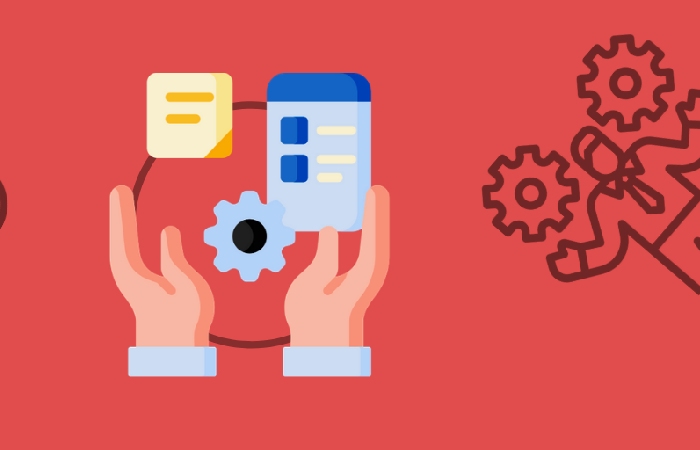Table of Contents
Introduction
Marketing resource management is consistent in marketing collectors, organizers, and resources. Enterprise-wide instead of The MRM must have; any marketing voting strategy must know the voting strategy.
The best constituents are the foundations of Marketing resource management and the best assurance that it is put to best use.
What is a Marketing Resource?
It engages in marketing activities related to the term “resource marketing.” Active marketing posts, support physical, website copy, blog posts, more assets, and more. Essentially, a brand operates at the highest level regardless of your company’s marketing, imagery, tone of voice, and imagery.
Logical Analysis Of Marketing Resource Management?

The best consideration of resource marketing (MRM) is to facilitate the complex and intelligent aspects of marketing. A comprehensive MRM strategy can help improve operational marketing processes and implement guidelines more effectively through:
Effective Planning
With an MRM system, decision-makers get an overview of all marketing activities. This benefit dramatically simplifies budgeting and provides new insights into utilizing all available resources.
Reduce Additional Costs
MRM solutions allow marketers to understand every aspect of a project better. It helps them track their budget as they can see which costs are being spent, which processes are increasing costs, and where prices may be recorded.
It Simplifies The Workflow
By aligning people, setting milestones, tracking work in progress, and setting deadlines, an MRM system helps decision-makers create, control, and streamline workflows.
Campaign Measurement
With MRM, managers can identify and resolve operational bottlenecks and gauge the results of specific campaigns based on key performance indicators (such as time to delivery, cost, and performance).
Seamless Collaboration
Establishing effective ways of collaborating within and between teams is essential for successful MRM. And also Tools like Filestage streamline the content review and approval process to save time and reduce bottlenecks.
Brand Compatibility
Because an MRM system centralizes all marketing activities in one place, the result is more consistent in terms of image, font, typography, and brand voice. And it is ideal for brand management.
How Does MRM Work?
MRM helps marketing teams process and manage day-to-day tasks and marketing activities. A typical MRM solution has various features that allow marketers to manage their operations efficiently. Also some of the features that a good marketing resource management software should have include:
Process Management: Helps the marketing department visualize workflows, review production processes. And also identify bottlenecks and issues with team members.
Budgeting: For easy tracking and monitoring of budgets and assets during a project.
Project Planning: Assists the entire marketing team in strategic planning and executing projects on time. And also it includes assigning tasks to staff, planning media, and managing freelancers, vendors, and other outside agencies.
Creative Collaboration: For file distribution, digital asset management, real collaboration, content management, event direction, online validation. And also approval of team members and stakeholders.
Role-Based Access: Ensuring that the right people have permission and access to the correct information. And also assets for a given project, keeping them on the same page.
Version Control: To reference and verify the accuracy of historical data and information.
Also, MRM aims to help teams complete their marketing projects through effective plan management and efficient use of all resources.
Conclusion
After internalizing all the information, it is essential to remember that marketing resource management should be viewed as an ongoing process rather than a one-time task. Resources are constantly changing. Therefore, they need creative and unconventional thinking and a systematic approach to unlock their full potential.

